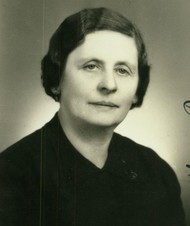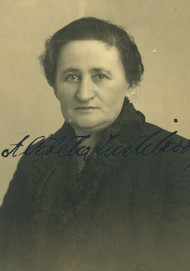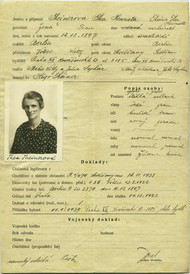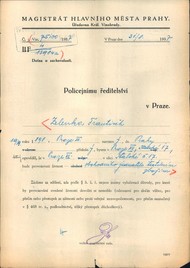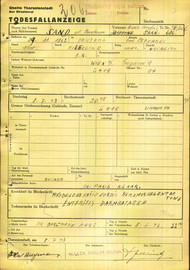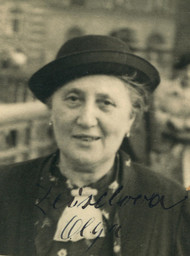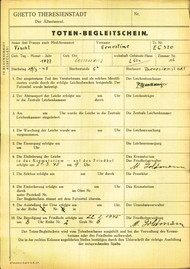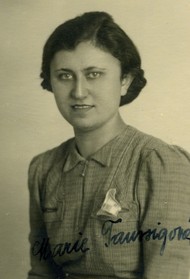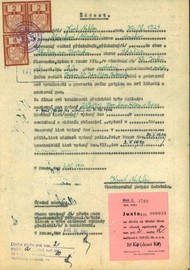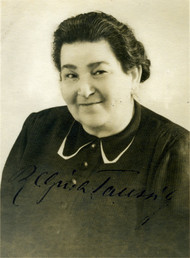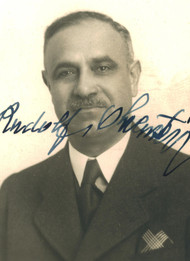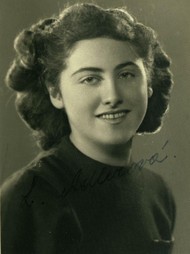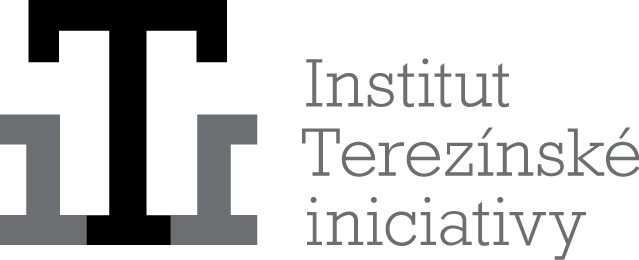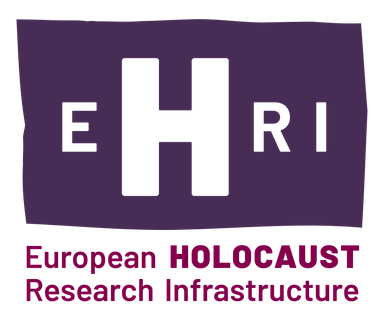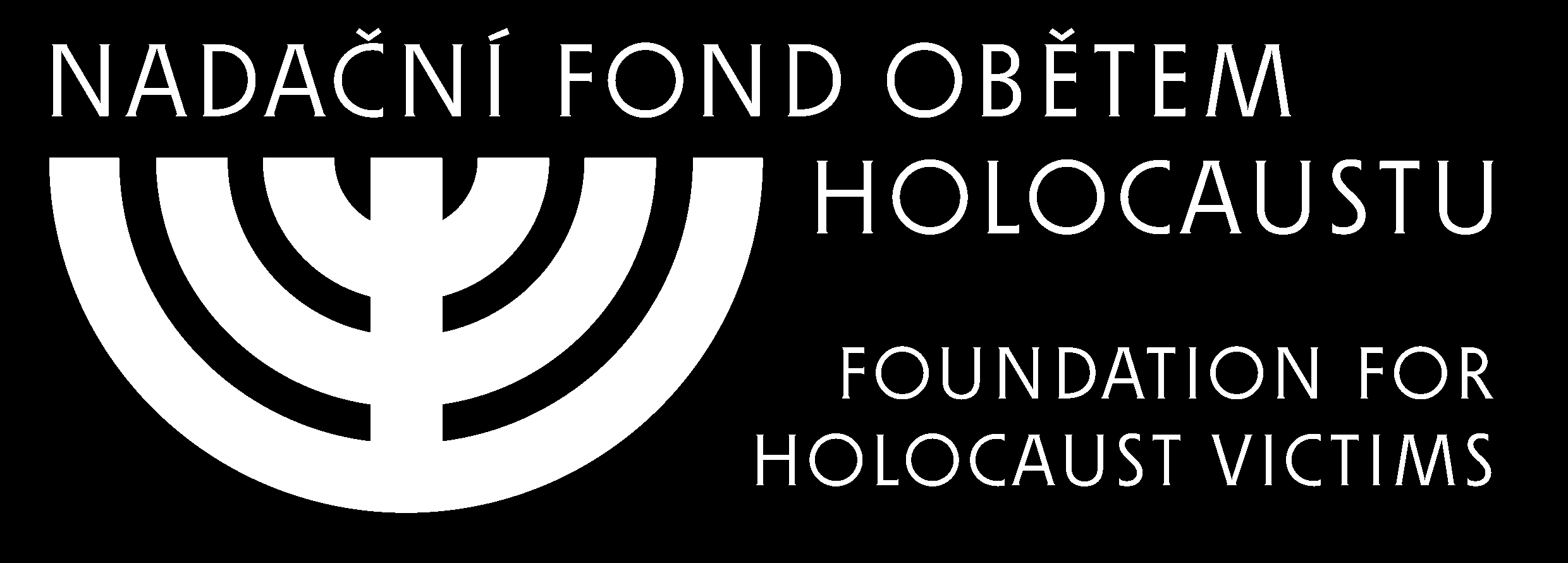Jews from eastern Europe, mostly from Russian and Polish territory, had been coming to Germany since the 19th century, driven from their homes by anti-Jewish laws, pogroms and poverty. In 1938 there were approximately 50,000 Jews with Polish citizenship living in Germany. Not infrequently they had been settled there for several generations; many had been born in Germany and considered it home.
After Austria was annexed to Germany in March 1938, the Polish government was afraid that the approximately 20,000 Austrian Jews with Polish citizenship would flee back to Poland. It thus suspended the validity of all Polish passports whose holders had been abroad for more than five years. This law took effect on 31 March 1938, but it was only after the Munich agreement that a decree was issued allowing the passports of all Poles living abroad to be checked. After 31 October 1938 the holders of Polish passports issued abroad were only allowed on to Polish territory if their passports contained a special note made by Polish consulates. In this way, most of the 50,000 Polish Jews settled in Germany would lose their state citizenship overnight.
After German-Polish talks failed, the German Foreign Ministry handed over the whole affair to the Gestapo, which on 27 October 1938 started forcibly deporting Polish Jews over the Polish border. In some places only the men were deported, since the Nazis expected they would be joined by their wives and children all the same, while in other places women and children were deported as well. Those arrested included old people, some of whom died during deportation. There were also suicides. The arrested Jews were forced, through threats and violence, to illegally cross the border with Poland. In all, approximately 17,000 people were expelled in this way. However, the Polish authorities refused to accept them, and so most of them had to live for many long weeks in no man's land, or the Polish border area. In most cases they were driven into the surroundings of the Polish towns of Zbaszyn and Bytom. In Zbaszyn, according to various sources, between six and ten thousand Jews gathered in the space of a few days. A large refugee camp was created in Zbaszyn, with help from Jewish aid organisations. The personal freedom of the refugees was restricted. It was not until the end of November 1938 that the Polish authorities decided to disband the camp and allow the refugees residency in Poland. With the help of Jewish communities and organisations, many of them managed to arrange travel visas and to leave the country, or to settle in Poland. After talks with the Polish authorities, the Nazis allowed the temporary return of a small group of men so that they could put their affairs in order in Germany. Finally, the Polish authorities also permitted the arrival of the family members of Jews expelled at the end of October 1938.
Among those sent to Zbaszyn was the Grynszpan family, whose son Herschel was living in Paris at the time and decided to draw international attention to the plight of the expelled Polish Jews. He shot German diplomat Ernst vom Rath with a pistol, seriously wounding him. When vom Rath subsequently died, the Nazis used his death as a welcome pretext to unleash the anti-Jewish pogrom known as Kristallnacht.
The case of the Polish Jews expelled from Germany shows that Jewish refugees were having more and more difficulty finding a refuge from persecution. Not only Poland, but other countries were closing their borders in an effort to prevent a flood of Jewish immigrants.
See also:
-
Literature:
-
Maurer, Trude. Abschiebung und Attentat. Die Ausweisung der polnischen Juden und der Vorwand für die "Kristallnacht". In: Der Judenpogrom 1938. Von der "Reichskristallnacht" zum Völkermord. Frankfurt am Main: Fischer Taschenbuch, 1988, s. 52-73.
-
Tomaszewski, Jerzy. Letters from Zbaszyn. Yad Vashem Studies. 1988, sv. 19.


